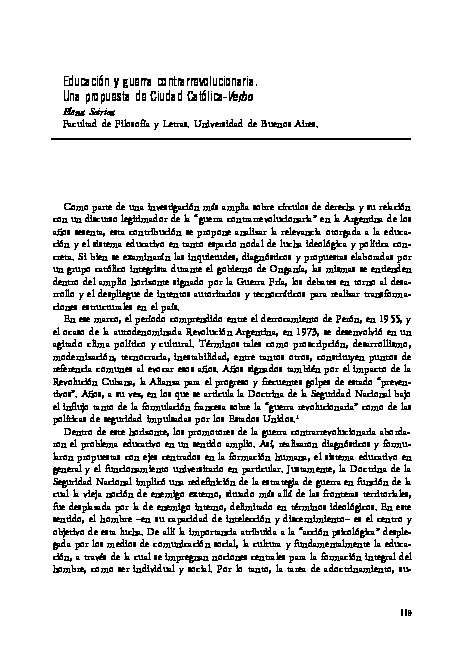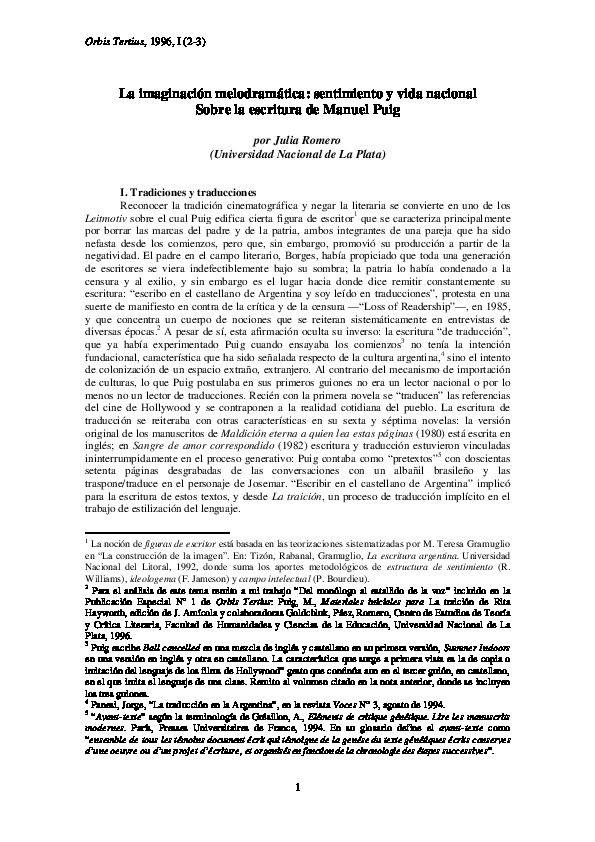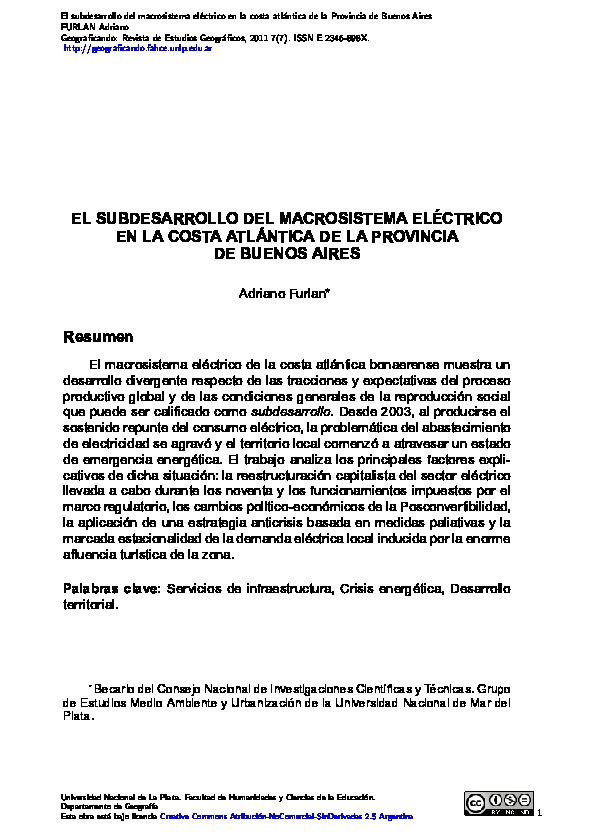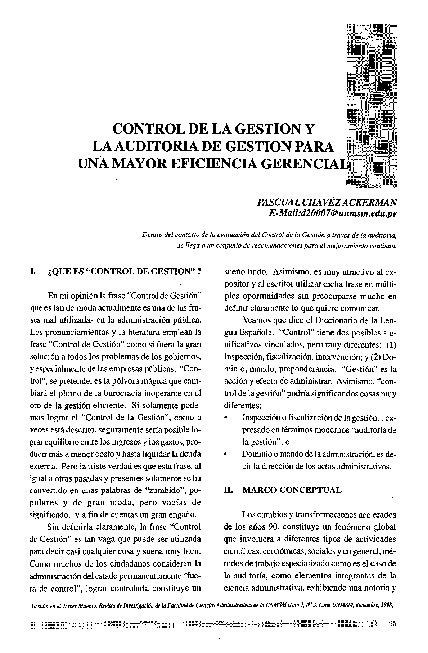Textos
Texto
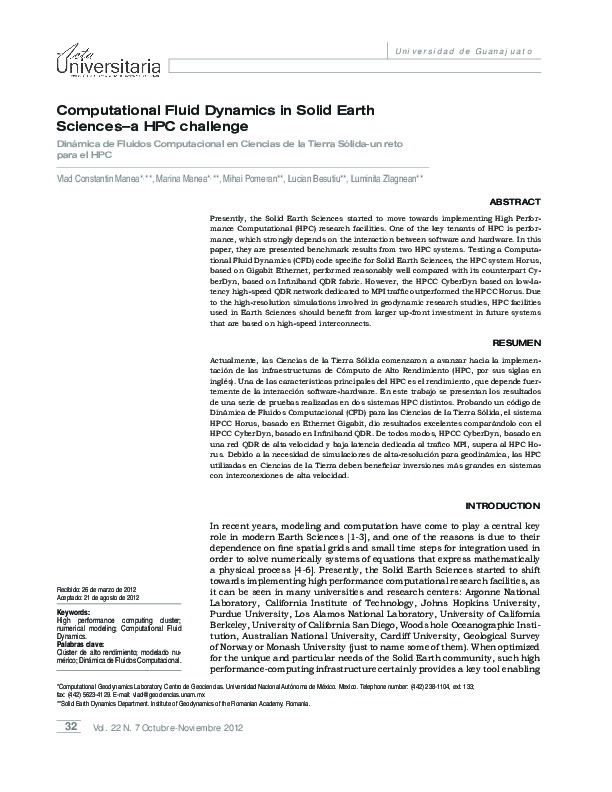
Computational fluid dynamics in solid earth sciences–a HPC challenge
Descripción
Presently, the Solid Earth Sciences started to move towards implementing High Performance Computational (HPC) research facilities. One of the key tenants of HPC is performance, which strongly depends on the interaction between software and hardware. In this paper, they are presented benchmark results from two HPC systems. Testing a Computational Fluid Dynamics (CFD) code specific for Solid Earth Sciences, the HPC system Horus, based on Gigabit Ethernet, performed reasonably well compared with its counterpart CyberDyn, based on Infiniband QDR fabric. However, the HPCC CyberDyn based on low-latency high-speed QDR network dedicated to MPI traffic outperformed the HPCC Horus. Due to the high-resolution simulations involved in geodynamic research studies, HPC facilities used in Earth Sciences should benefit from larger up-front investment in future systems that are based on high-speed interconnects.
Constantin Manea, V. et al. (2012). Computational fluid dynamics in solid earth sciences–a HPC challenge. Acta Universitaria, 22 (7), pp. 32-36.
Categorias:
Colecciones:
Recuerda
La cultura y la educación necesitan de tu apoyo activo.
Información del autor

ACUEDI
ACUEDI son las siglas de la Asociación por la Cultura y Educación Digital. Somos una asociación civil sin fines de lucro, con sede en Lima (Perú), fundada en noviembre del 2011. Nuestro principal objetivo es incentivar la lectura y la investigación académica, especialmente dentro de espacios digitales. Para ello hemos diseñado una serie de proyectos, todos ellos relacionados entre sí. Este es nuestro proyecto principal, nuestra Biblioteca DIgital ACUEDI que tiene hasta el momento más de 12 mil textos de acceso gratuito. Como tenemos que financiar este proyecto de algún modo, ya que solo contamos con el apoyo constante y desinteresado de la Fundación M.J. Bustamante de la Fuente, hemos creado otros proyectos como ACUEDI Ediciones, donde publicamos libros impresos y digitales, y la Librería ACUEDI, donde vendemos libros nuestros y de editoriales amigas ya sea mediante redes sociales, mediante esta plataforma, en eventos o en ferias de libros.ACUEDI
